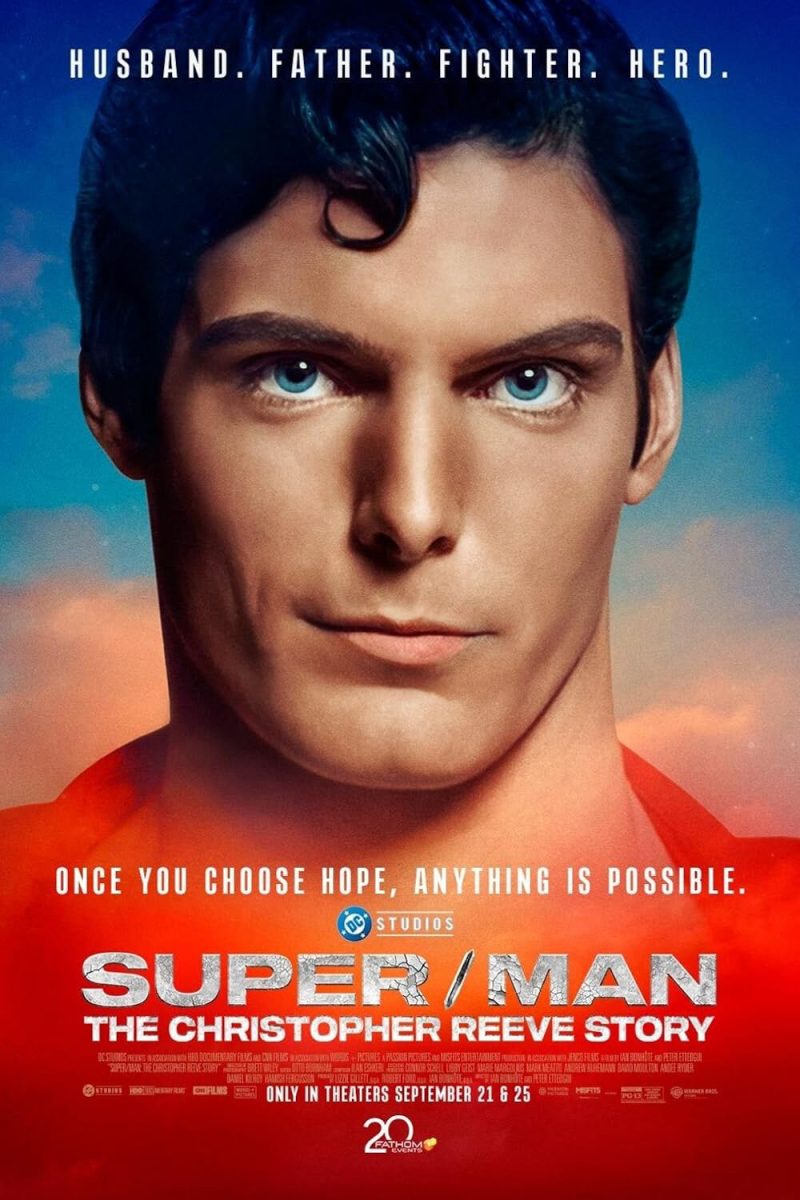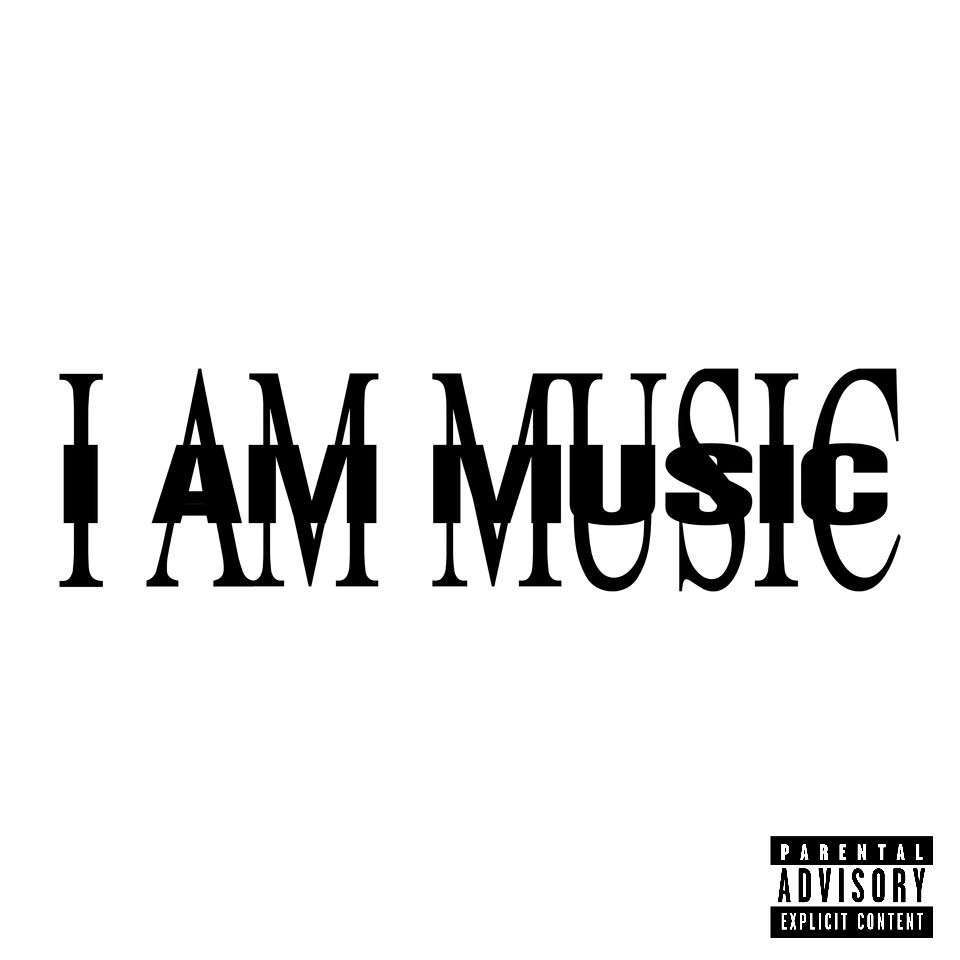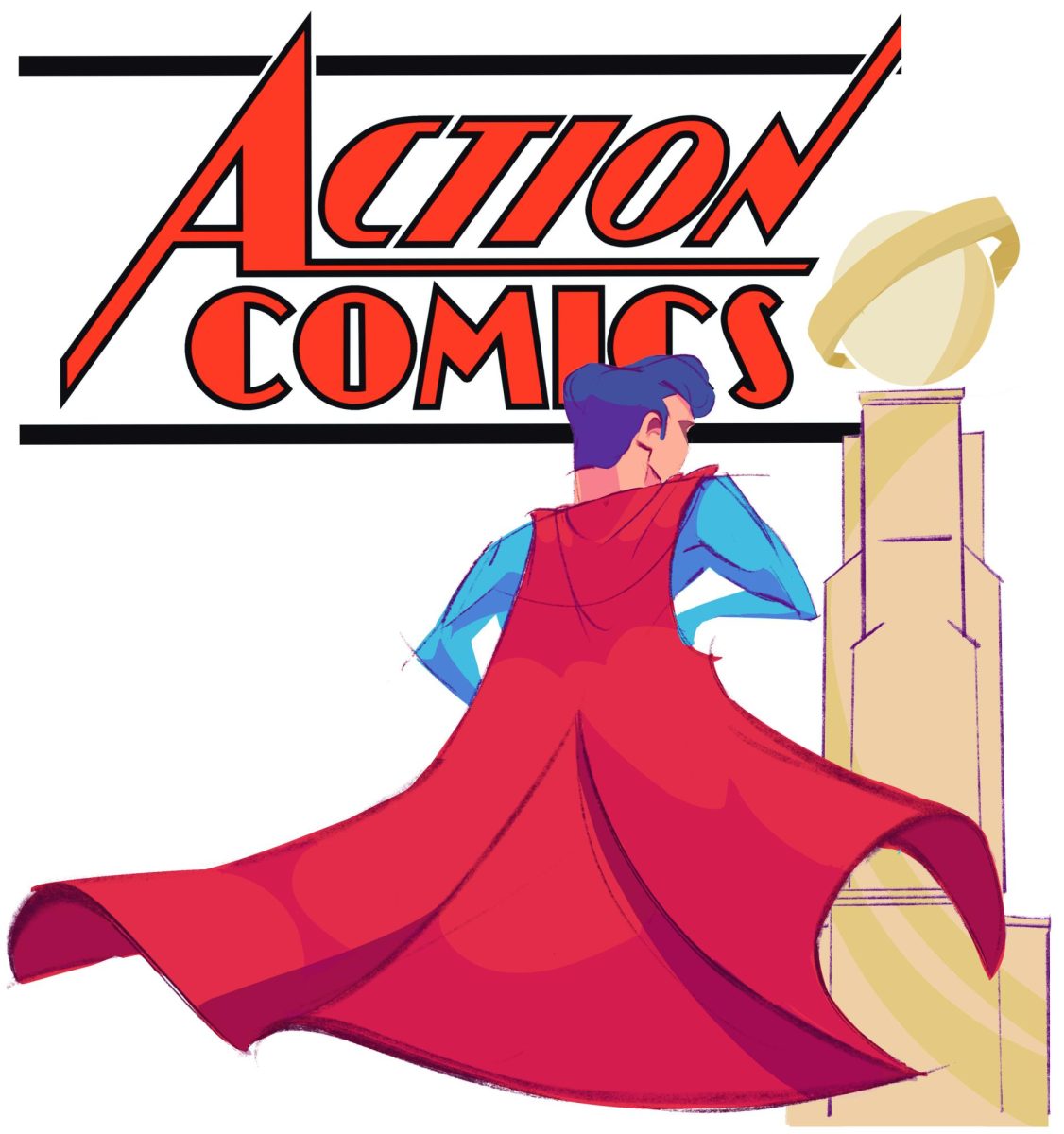Many people know of the animated series “Avatar: The Last Airbender,” but less may be aware that Avatar is not just one series, but an entire multimedia franchise, full of rich and meaningful storytelling, both visual and literary. Of course, with so much content to consume, newcomers may find themselves overwhelmed. I am here to provide a cohesive timeline of the franchise as well as a guide to jumping into the world of Avatar.
2004:
The animated series “Avatar: The Last Airbender” premiered on Nickelodeon. The series was the brainchild of Michael Dante DiMartino and Bryan Konietzko, collectively and affectionately referred to as “Bryke” by fans. The series was an immediate hit, and would run for two more seasons, referred to as “books” within the series. The series came to an end in 2008.
The series takes place in a world where some people are able to wield the power of the elements, water, earth, fire and air. These people, referred to as benders, make up four distinct nations in the world. While most benders are only able to bend one element, the avatar, a figure who has been reincarnated through time into each nation, has the ability to master all four elements. The newest avatar, an airbender named Aang, finds himself as the last of his kind after the Fire Nation wiped out the rest of the airbenders. Aang sets out to take on the Fire Nation with his waterbender friend Katara, her nonbender brother Sokka and a blind earthbender named Toph, who joins the series in Book Two. Throughout the series, Team Avatar is hunted by the exiled Fire Nation prince, Zuko, who seeks to regain his honor by capturing the Avatar. During the series, Aang must find a way to achieve his goals while staying true to his pacifist nature as an airbender.
For the style of the series, the duo were heavily inspired by Japanese animation, more commonly known as anime.
2010:
With the runaway success of “Avatar,” Nickelodeon sought to capitalize on the momentum the franchise had built up by producing a theatrical live action film adaptation of the series. A director was found in M. Night Shyamalan. Shyamalan found his Aang in Texas-born actor Noah Ringer, who was hired based on his martial arts prowess. “Bryke” were consulted for input on the movie, although nearly all of their suggestions were ignored or rejected. The film, titled “The Last Airbender,” would be an adaptation of the first book of “Avatar,” with Nickelodeon hopeful for follow-up sequels. This would never come to pass, as despite the hype surrounding its release, “The Last Airbender” it was despised by fans of the series as well as general audiences.
It was regarded as an unworthy adaptation, simplifying characters down to their basic traits, featuring bad writing and laughable special effects and most controversially, casting white actors in the roles of characters intended to be people of color, such as Katara and Sokka. Any plans for follow-up films were promptly canceled. Today, the film holds a resented status among fans of the franchise, with some even intentionally ignoring the film’s existence.
2012:
“Bryke” always felt they had more stories to tell within the Avatar universe, and with fan demand for a sequel series as high as ever, Nickelodeon greenlit a new animated series. “The Legend of Korra” premiered in 2012 and would run for a total of four seasons or “books,” concluding in 2014. The series was targeted at tweens rather than children.
“Korra” is set 70 years after “Avatar.” Aang has long since passed away, leaving his duties to the newest incarnation of the avatar, a young woman from the Southern Water Tribe named Korra. Korra is everything Aang was not: confident, aggressive and more likely to punch her way out of a problem than to find a diplomatic solution. This frustrates her teachers. With the support of Katara, one of the few surviving characters from the original series, Korra sets out to Republic City, where she seeks out Tenzin, the son of Aang, to learn airbending. But things rarely go as planned in Republic City, and Korra soon finds herself tangled in a thread of political machinations, street violence and internal conflict between the city’s residents.
Throughout the series, Korra tackles increasingly complex issues, learning what it means to be the avatar while still being true to herself. In her journeys, she is accompanied by her own Team Avatar, consisting of brothers Mako, a firebender, and Bolin, an earthbender, as well as Asami Sato, a nonbender engineer and heiress to one of the largest companies in the city. Korra, Mako and Asami find themselves tangled in a love triangle throughout the series, part of an attempt by the show creators to appeal to the tween demographic. Also by Korra’s side are various mentors who are the children of the cast from the original series.
The series was unfortunately marred by behind the scenes conflict. Nickelodeon, lacking faith in the success of “Korra” in part due to an unfounded belief that a female lead character would not appeal to boys, only greenlit one book of the series at a time, which resulted in “Bryke” writing mostly self-contained stories, never sure if the next book would be their last. This was in stark contrast to the original series’ overarching plot. While never as popular as its parent series, “Korra” was consistently one of the highest viewed series on Nickelodeon throughout its run, despite everything it had working against it. “Korra” was also subject to some controversy. The previously mentioned love triangle resolved itself by book four of the series, with Korra and Asami, two women, ending up in a relationship.
In 2014, a year where gay marriage had yet to be legalized in all 50 states, this was one of the first depictions of a same-sex relationship in animation on a children’s network. “Bryke” had been planning this resolution since book two and knew they would have to tread carefully. Nickelodeon imposed strict rules on how the series could and could not portray the relationship.
Korra and Asami, or “Korrasami’’ as it is referred to by fans, is viewed as a trailblazer in LGBTQIA+ history on television.
2012-present:
Avatar has expanded into the literary front with many graphic novel releases over the years. The first Avatar were one-off comic issues created for Free Comic Book Day. Shortly after “Korra” began airing, comics publisher Dark Horse began producing a series of graphic novels set right after the original “Avatar.” These graphic novels cover some of the events that take place between “Avatar” and “Korra” in the timeline. The novels were originally released in three parts, with the first of the bunch, titled “The Promise,” released throughout 2012. Since then, Dark Horse has released five more three part novels, as well as several one-shot comic focused on specific characters. In addition, two “Korra” graphic novels in the same three part format have been released. These novels expand on the relationship between Korra and Asami without the censorship boundaries of Nickelodeon in 2014. All the three part stories are available separately as well as in collected hardcover and paperback editions. One other recent literary addition to the franchise is a series of Young Adult novels subtitled “Chronicles of the Avatar.”
2024:
After much buildup, a new live action adaptation of “Avatar” was released on Feb. 18, 2024. “Bryke” were originally attached to the project, but chose to back out over creative differences. The series has received mixed reviews thus far.






